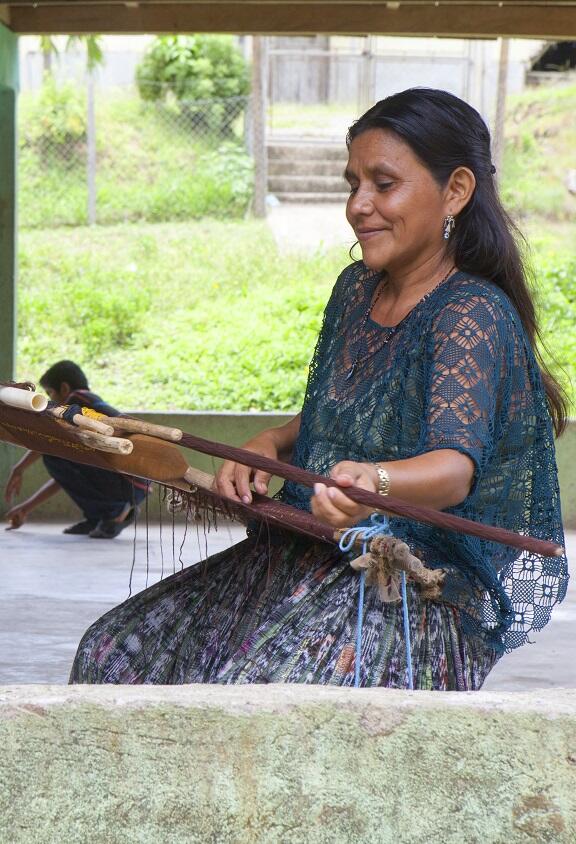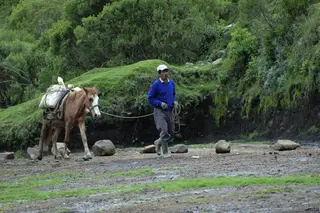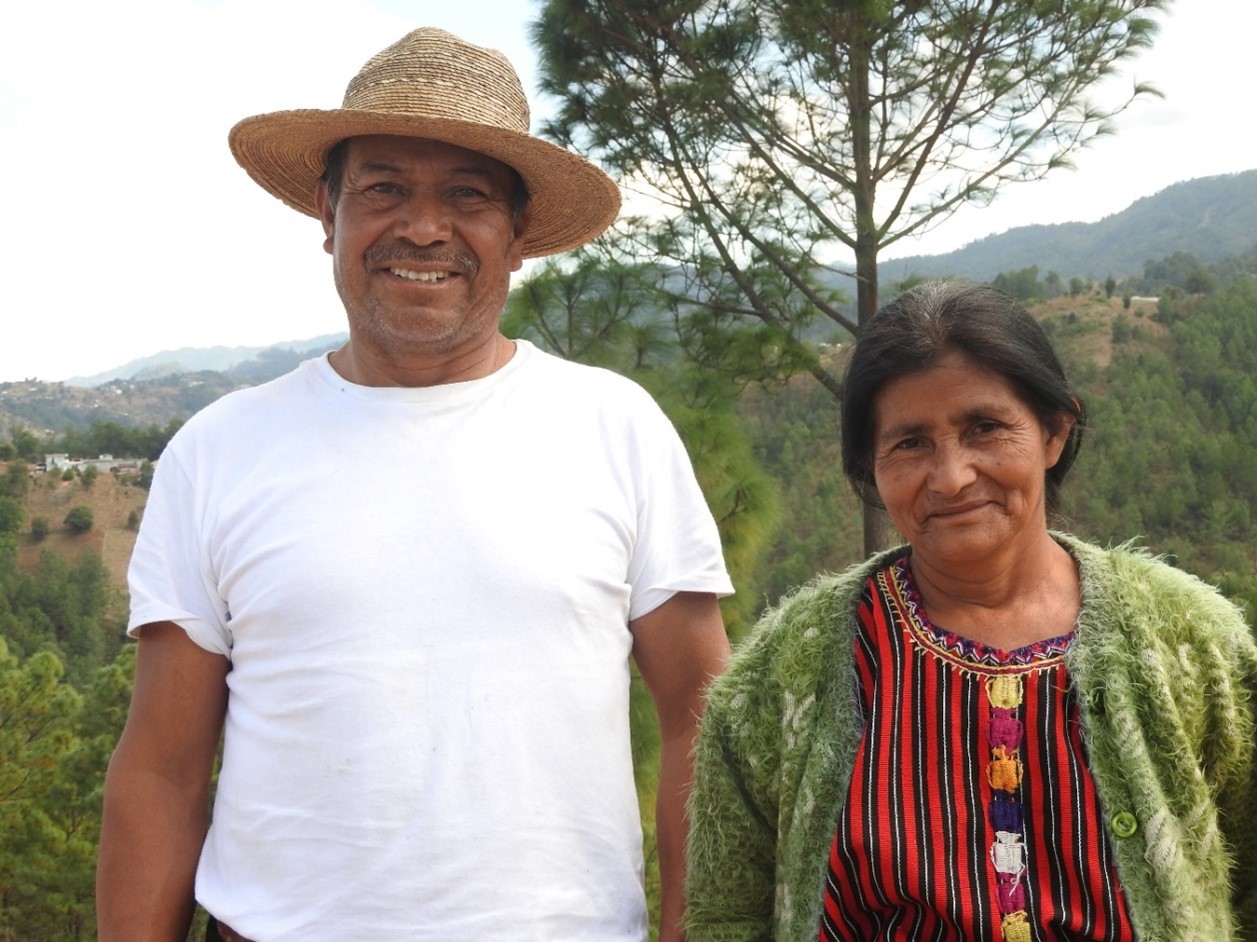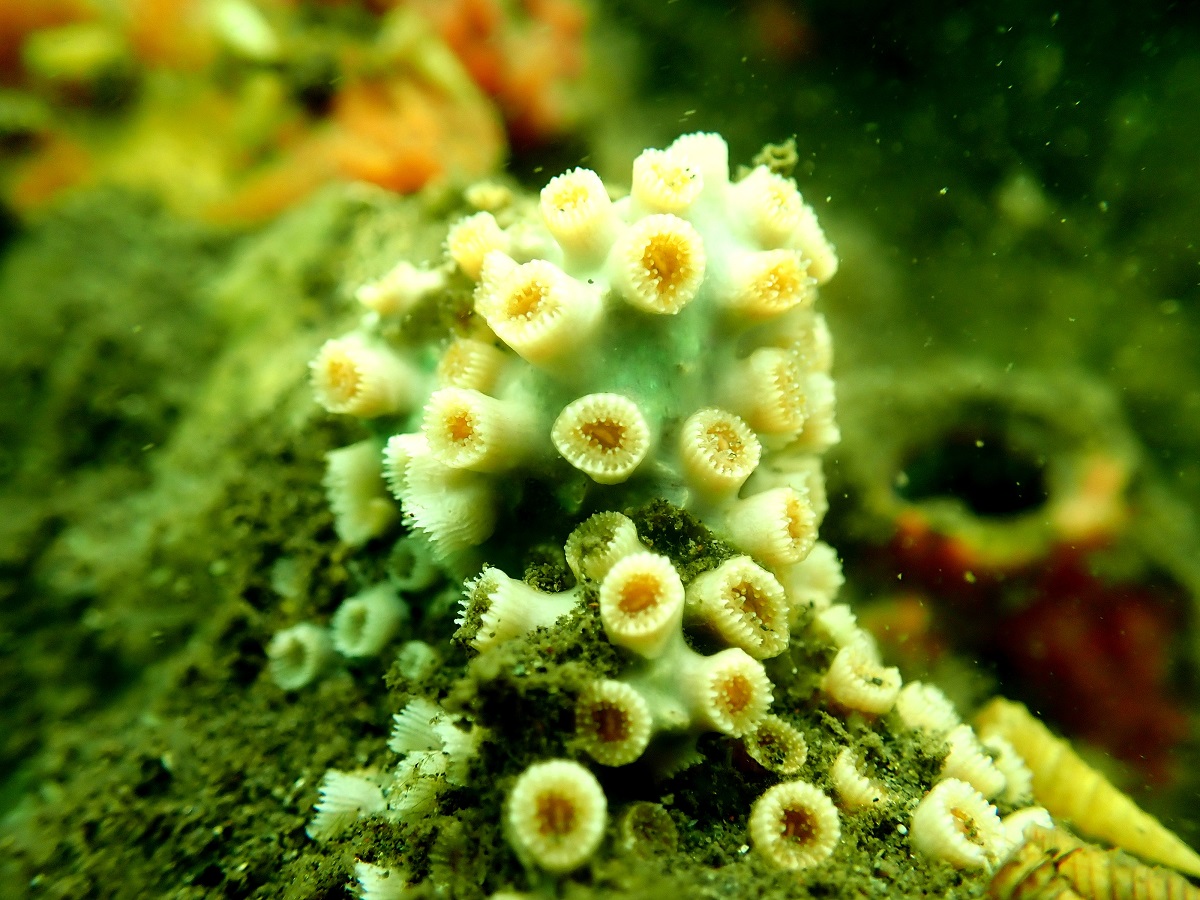About Mexico, Central America and the Caribbean
Mesoamerica and the Caribbean are two of the world's biodiversity hotspots, including the world’s second largest reef and the Mesoamerican Barrier Reef System. The region is home to a diversity of indigenous peoples that protect and coexist with natural resources. With less than 2% of the world's territory, Mesoamerica accounts for 12% of the world's biological wealth, 8% of the world's mangroves and 31% of its surface declared as Natural Protectead Areas, while the Caribbean islands are one of the largest endemic biodiversity centers in the world, including the uniqueness of 50 per cent of its plant life due to its geography and climate.
















